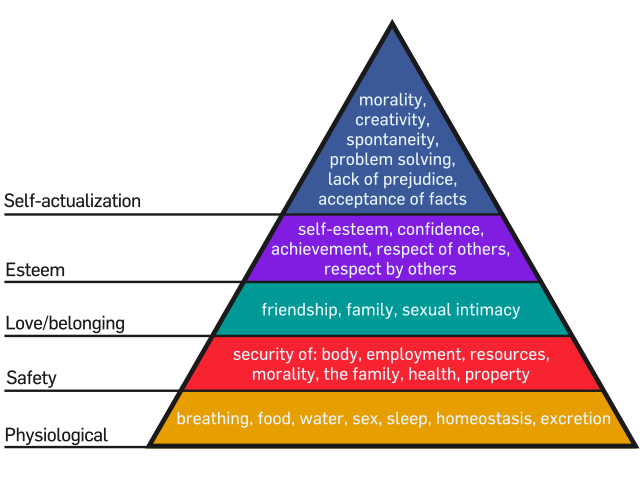There is a lot of discussion around alternative methods of motivating employees at the moment. And when it comes to CRM there is a growing number of options for ‘gamified CRM’.
For the uninitiated, Gamification of CRM is the application of game mechanics to encourage users (or Players) to complete desired actions for a variety of rewards including badges, money, or achieving in-game mastery. This has become popular recently in order to increase adoption and engagement of CRM software, which has a notoriously poor uptake rate. Salesforce alone has 18+ gamification apps available on its AppExchange.
Creating games for the mundane can be seen extensively in many areas of customer engagement, social media, and education. When applied correctly it is certainly possible for it to be an effective tactic in motivating behaviour, but think a little more before jumping on the gamification bandwagon. Why?
Symptom vs. Cause
Similar to popping a pill for a migrane, gamification is often treating the symptom (low adoption & engagement) of a bad tool (unintuitive, cumbersome CRM). If you’re lucky it will give you short or medium-term uptick in productivity, but what happens when your sales team become immune to the novelty? You need to go to the root of the problem and understand why they aren’t getting inherent value from the CRM on its own (see Changing the Channel with CRM).
Risks
Using alternative methods of motivation comes with inherent risks. As Janaki Mythily Kumar and Mario Herger mention in their book Gamification at Work:
“Sometimes, a poor attempt at gamification can alienate your users. Gamification is about thoughtful introduction of gamification techniques that engage your users.”
Microsoft Office’s “clippy” help character is an example of this failing in another environment – “Clippy quickly became a subject of mockery among Office users”.
Remember that employees are not oblivious to the fact that the game is there serve for business objectives. The reasons they are motivated to play it are that it appeals to higher level reasoning on Maslow’s Hierarchy of needs.
So unless, in your employees’ opinion, you’ve already covered off all of the low-level needs you can in the above pyramid, they’re unlikely to be excited about fulfilling their need for friendship or achievement at work.
Reward
For a game to work it needs to align with two important factors:
- Business Objectives
- Employees Motivational Drivers
1. Business Objectives
e.g. Minimum Calls Per Day(#), Minimum Response Time(min), Sales Target($)
Business Objectives, especially easily quantifiable metrics such as the examples above, may seem easy to integrate with game mechanics. The issues arise when there is a selection of both qualitative (e.g. customer happiness) and quantitative (e.g. sales target) factors. Without gamification, you would trust employee judgement to weigh priorities and consider the merits of alternative action. If however, they are being measured and judged based on a game being run in parallel, then this could cause skewed behaviour that is off-track from business outcomes.
2. Employee Motivational Drivers
According to the Bartle Test, there are four classifications of gaming preference; Achiever, Explorer, Killer, and Socialiser. Your game will need to select the correct preference of your players.
It would then need to consider the various Intrinsic (Purpose, Autonomy, Mastery) and Extrinsic (Points, Money, Punishments) drivers of the individuals. Otherwise the game the employees are playing could easily act as a demotivator. For more on this see Kumar & Herger Chapters of Motivation & Mechanics.
All is Not Lost
This is not to say that gamification cannot work. And I think there are definitely great times to implement it. Specifically with bigger teams of people, and when there is a comprehensive division of labour that they are easily measured on one or two simple metrics e.g. call centers. However in todays world you don’t have to look far to realise that the selling environment responds better to Creative Selling (link to insight selling) as opposed to process driven formulas of mechanical, habitually repetitive, tasks.
These sentiments are similar to those of Brian Burke from Gartner:
“Most attempts at gamification currently miss the mark due to poor design, but successful and sustainable gamification can convert customers, turn work into fun, or make learning a joy. The potential is enormous” – Brian Burke, research vice president at Gartner
Gartner have also said: (Here on slide 4):
“By 2014, 80% of current gamified applications will fail to meet business objectives, primarily due to poor design.”
So gamification holds great promise, but how to correctly implement it is still under development and it is mainly a domain for large corporates. There are many things small and medium sized enterprises should consider before gamification, and ensuring that their CRM can stand in on its own as a useful tool is paramount.
For further reading, you may wish to look at the Gartner research on this topic: http://www.gartner.com/technology/research/gamification/
Image Credit: Space Invaders by Kurtxio / Flickr

